Every country has its own traditions commemorating its history and helping pass down what is important from one generation to the next in the form of festivals. These festivals are usually accompanied by a lot of pomp and ceremony; but few countries can devise elaborate larger-than-life celebrations around stories with simple morals like South America. An example of this is Brazil’s own Boi-Bumba festival.
Heralded in the last week of June, the festival’s name literally translates to “Beat the Ox” and is an extravagant show of myths, stories and legends narrated using puppets and parade carts by the master of ceremonies, who vividly describes the action to the eager spectators.
The folklore is told throughout north-eastern Brazil and has its precedents in indigenous Amazonian tribes, Catholicism and Portuguese Colonialism. According to the lore, once upon a time, there lived a poor couple called Pai Francisco and Mae Catarina. Catarina, who is pregnant, craves a meat delicacy and pleads with her husband to get it. In order to fulfill his wife’s wishes, Francisco slaughters his master’s prized oxen and he has to run away to escape penalization. In the forest, he meets a priest and a shaman who magically revive the ox restoring him in his master’s good graces.
Every region in the Amazon basin has its own versions and presentations of this story but the grandest of them all is in Parintins; an island city of approximately 50000 people near Manuas in the heart of the rainforest.
The Boi-Bumba legend depicts Amazonian animals and vibrant mythical characters. Costumes are elaborate and exquisite, especially the headdress representing the ox. The story is acted out through intricate dance routines to the beat of the toada, a hypnotic rhythm based on native music. In Parintins, the festival turns into a competition between two teams – the Caprichoso team versus the Garantido team, each trying to out-do the other with their versions of the tale. The winner is announced on the morning of the fourth day, after which the winning team, supporters and fans parade around the town.
The Caprichoso’s ox is black with a blue star on its forehead, the Garantido’s is white with a red heart on its forehead, and those color schemes are reflected in the attire of the audience, as they cheer for their troupe.
The performances are awe-inspiringly spectacular. The simple Amazonian tale of desire, death, and resurrection is elevated by the thousands involved. Characters emerge from massive parade floats designed to resemble jaguars, snakes, jungle birds, and creatures found in the rainforest. While the main characters sing their side of the story, they’re backed by hundreds of dancers, male and female, wearing intricately designed feathered headdresses and embellished costumes.
In recent times, the festival has gotten a lot more commercialized, although not to the extent of Rio’s carnival. Revelers spend the day watching the show and then continue to celebrate by partaking in local delicacies, beer and street dancing.
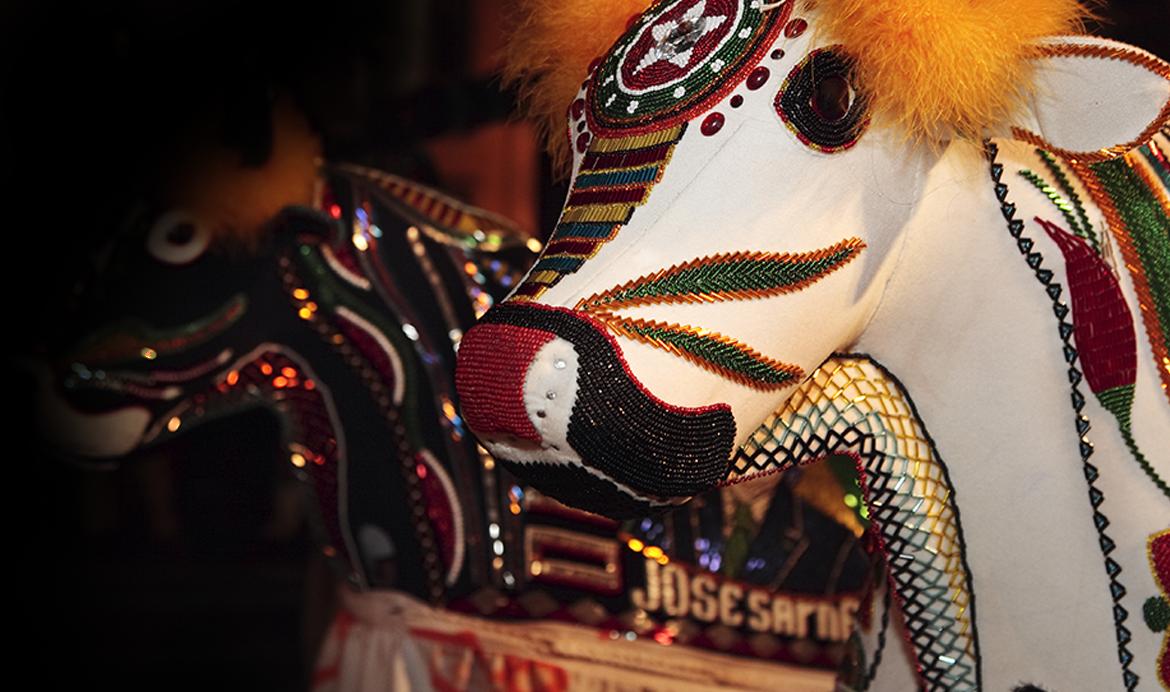
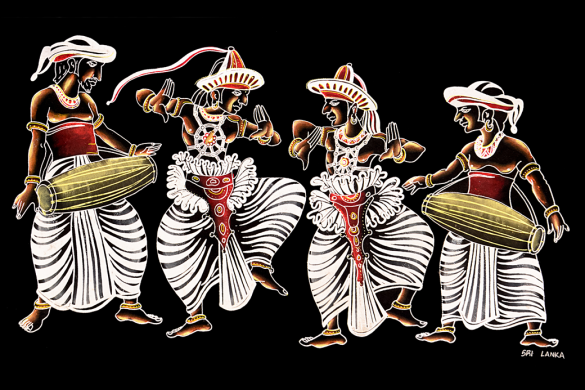


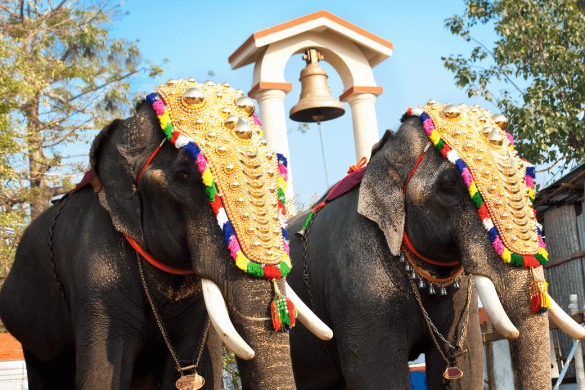


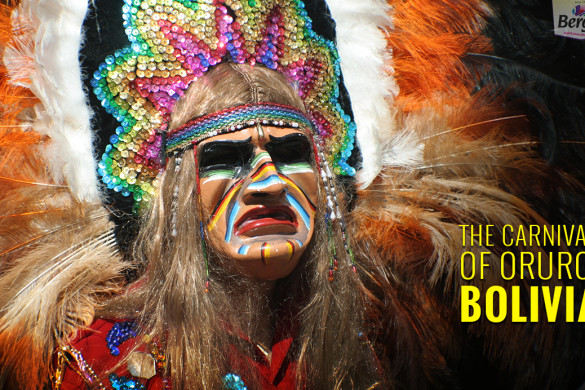
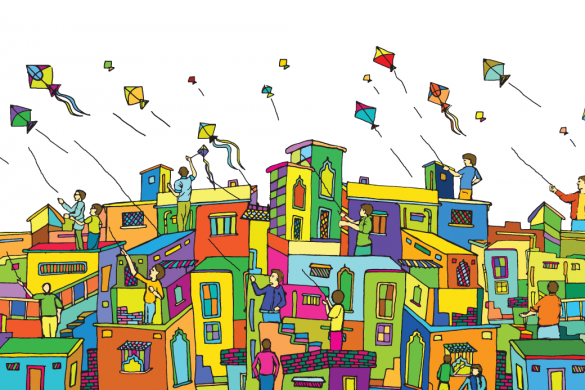
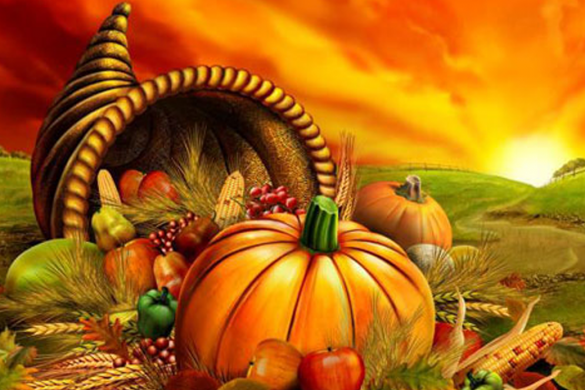
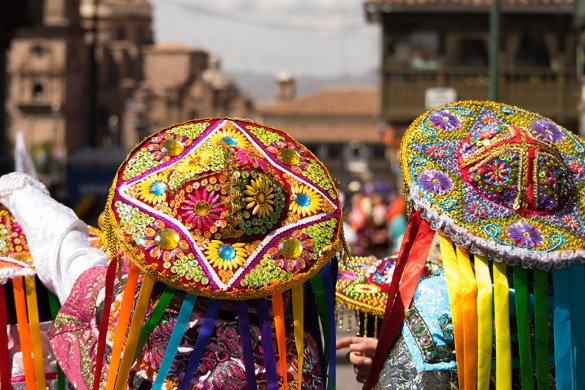

1 comment
We are a group of 12 people and will be there in October. We want to know how to get tickets to see the show without having to go with the cruise tour.
Can you help me by telling me how to buy the tickets for the show?
my email star.sands521@gmail.com
Thanks